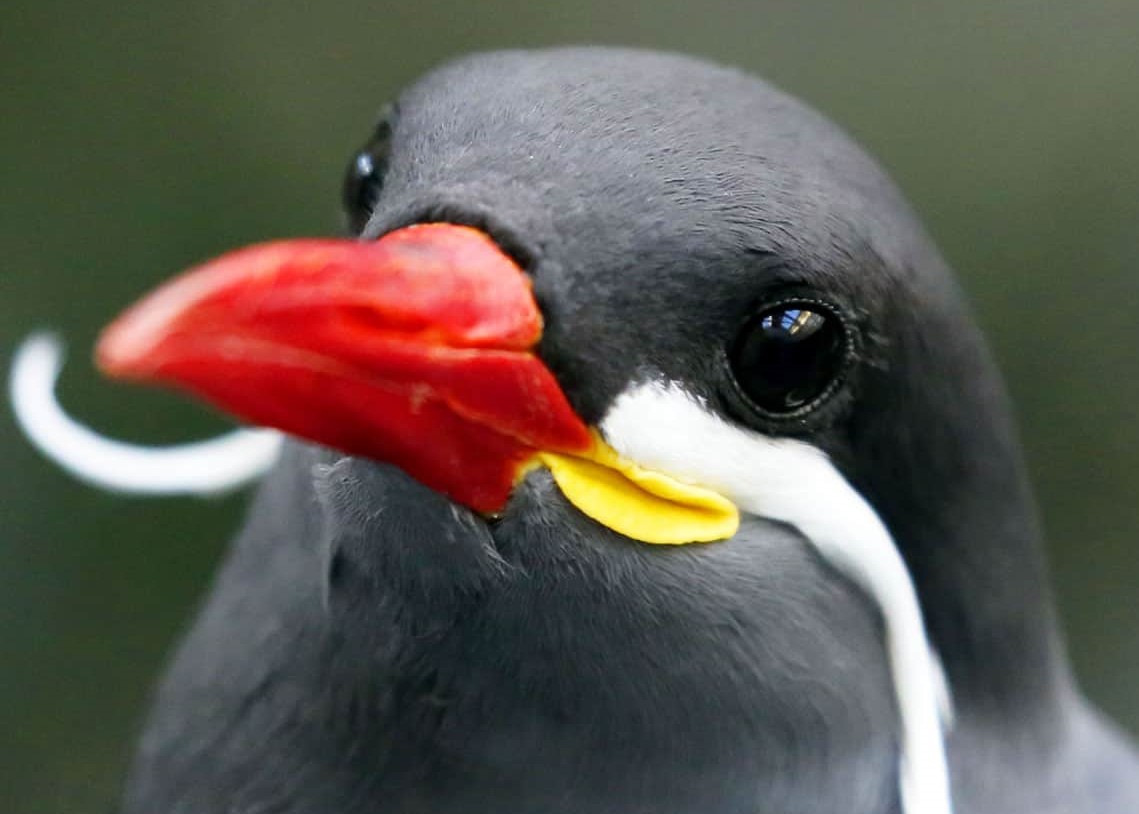Pelican Isles
The Pelican Isles are a large group of islands off the North-Eastern coast of Uaelor on Osao. Named after the abundance of reel pelicans that inhabit the coastlines, the Pelican Isles are generally uninhabited by slimes and rich with wildlife.
Geograhy, Location & Climate
Three hundred and five islands are scattered around this archipelago, ranging from just a few square kilometres of land to the largest island, sitting at 69,302 square kilometres. The main island, Pelican Island, is accessible by ferries from the Nylis Port, a three-day trip. The islands experience harsh winds through six of the nine months of the year, Meef, Treef, and Aeef receiving warm, sunny temperatures.
Despite being a red biome, the Pelican Isles are typically quite cold. Normally, red biomes are the hottest on the planet. The coastlines around the larger islands are almost exclusively rocky cliff-lines, with just a small section of flat beach to the south-west of Pelican Island. The smaller islands are much flatter, with brackish water linking up some of the smaller, more tightly-packed islands.
Ecology
The Pelican Isles have some of the richest ecosystems on the planet. With salt, fresh, and brackish waters in the archipelago's reach, as well as cliff-faces, flat sandy and rocky beaches, grasslands, small deciduous and coniferous forests, there is no end of animals and plant life on these islands.
The most breathtaking life around these islands are found underwater, along the coastlines. Where the seabed drops off into the greater ocean life thrives. Bioluminescent life dominates both the salt and brackish waters around the islands, many of which poisonous, such as the euphoric sea slug which releases fatal amounts of methamphetamines. There are over a hundred recorded sea slug species, with an estimated 16 million individuals.
Millions of marine birds make their annual migration to the Pelican Isles. The most frequent fliers are yellow-crested pelicans, in the same genus as azure pelicans from Eudan. Millions of seabirds nest on the rocky cliffs and pebbly beaches, either using the steep terrain or camouflage to hide their eggs from predatory bird species. The only animals that eat eggs on these islands are large seabirds.
The Pelican Isles are completely free from any mammal species, and slimes have done an excellent job at preventing invasive animals from reaching the islands. After damaging other isolated ecosystems, slimes now thoroughly examine each ferry for stowaway animals, especially those that could cause damage to the native wildlife.









Aww I love sea slugs!
Me tooo! :D